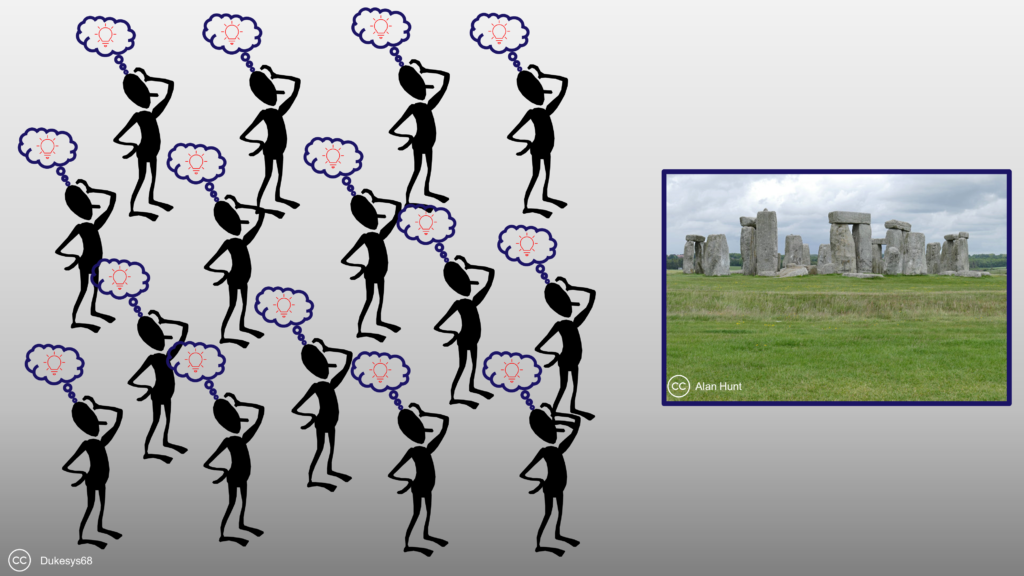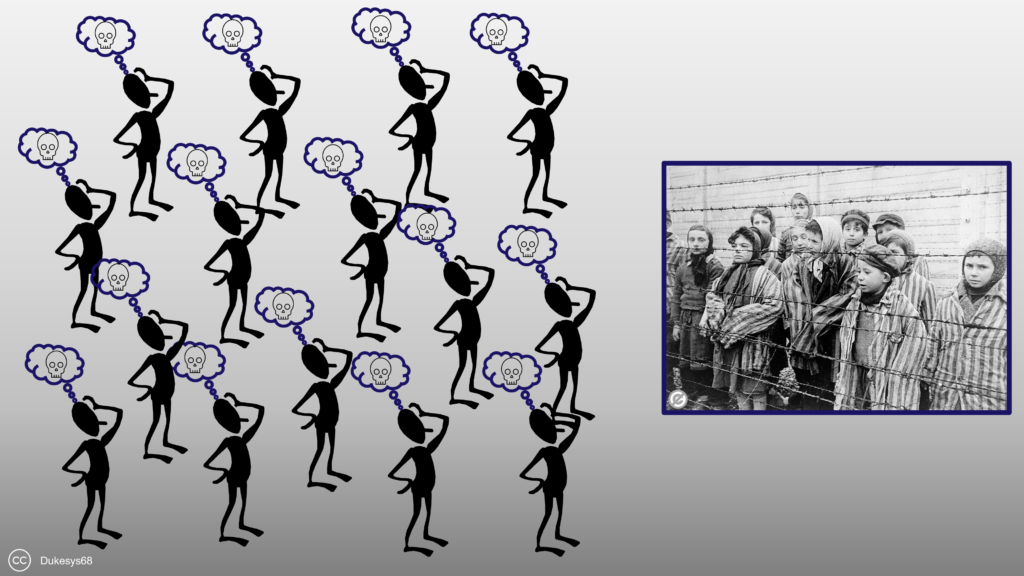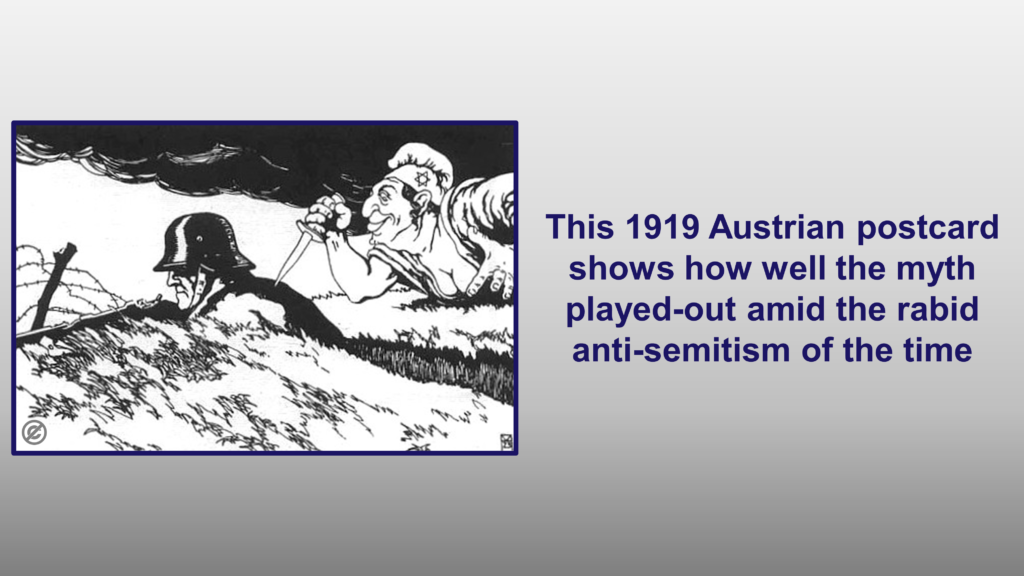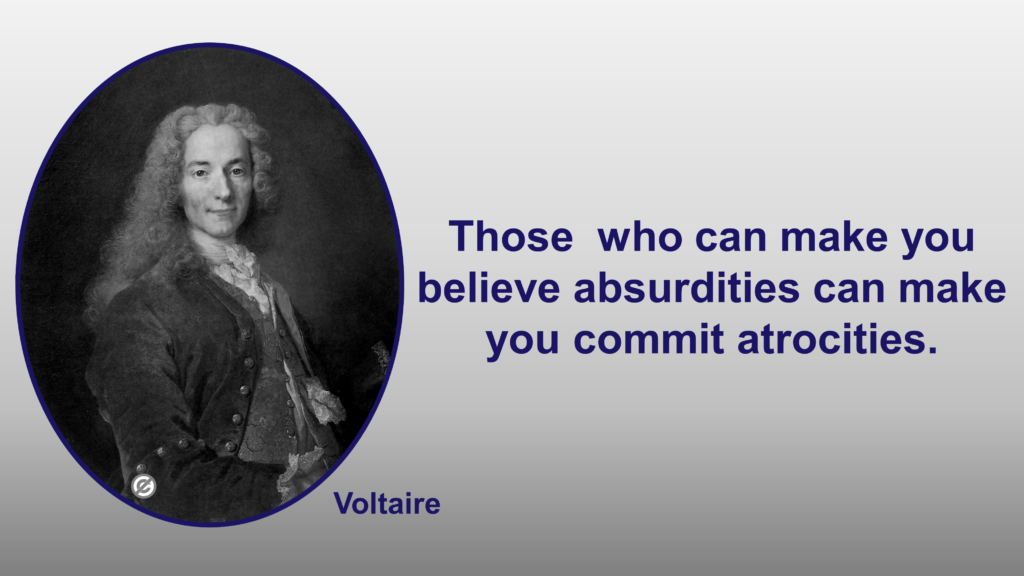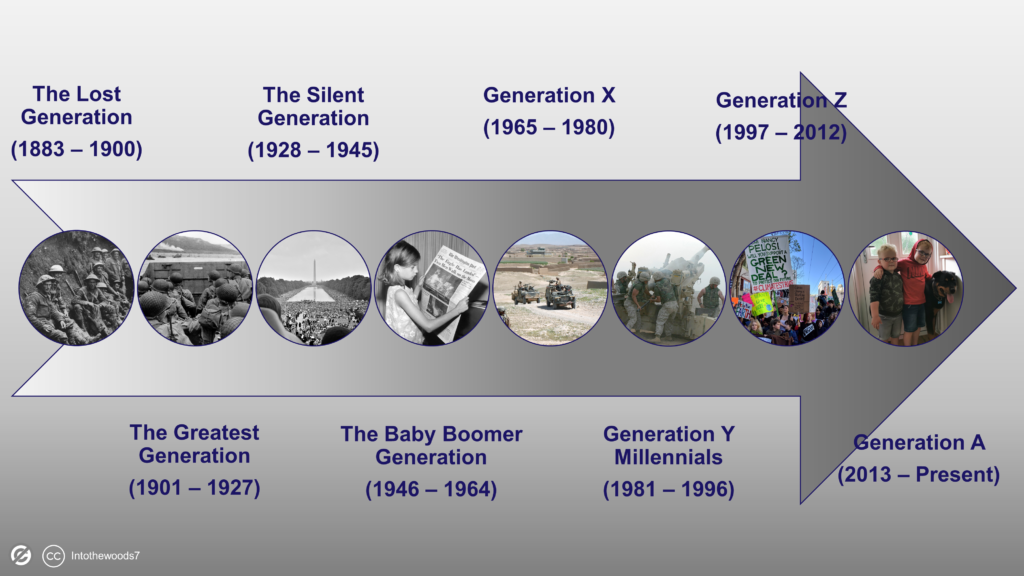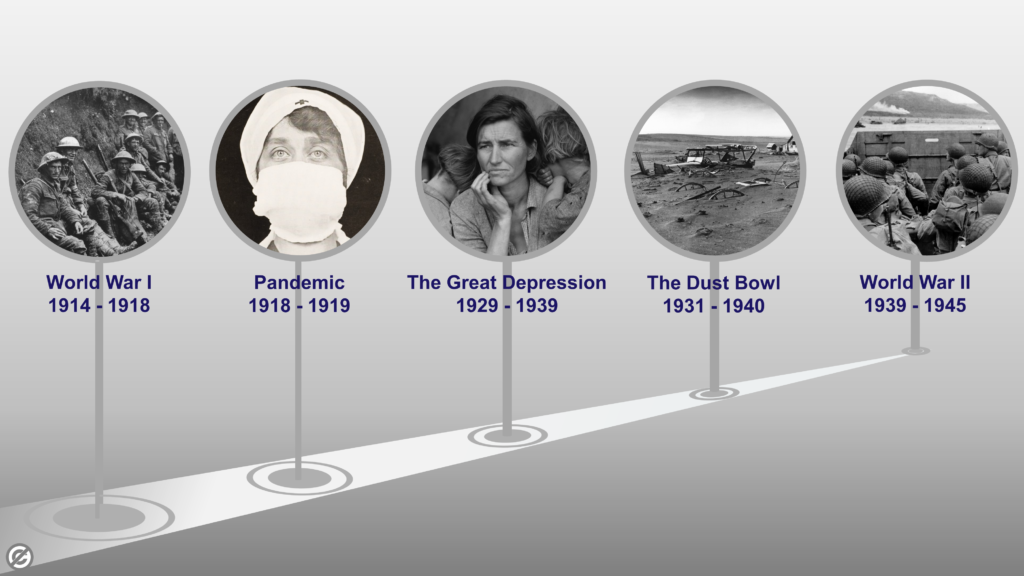Introduction
The Greatest Generation! Who were they and why should we care?
I would like to look at them from a particular perspective; that of “imagined realities.”
Imagined Realities
Yuval Noah Harari the author of the acclaimed book Sapiens: A Brief History of Humankind, contends that the reason humans have been so successful is because we are the only species that can imagine something which does not exist – an imagined reality.
What is an imagined reality?
An imagined reality is anything that we have constructed in our mind that does not exist in the real world.
For example, money, political ideas, countries.
If we share these imagined realities, it enables us to work together in large groups and achieve much more that we otherwise could.
However, if we cease to believe and share them, they cease to exist. Unlike gravity which will continue to function whether we believe and share the concept or not.
In fact, it worked for millions of years before we existed.
Stonehenge is the outcome of a shared imagined reality.
What it was we can only guess, but it was powerful enough to allow large, and widespread groups to collaborate.
We now know that stones quarried in Wales were transported halfway across the island, before being assembled and aligned with the summer solstice.
For our Neolithic ancestors this was a feat comparable to us landing on the moon.
However, imagined realities are a double-edged sword.
What may start out as a moderately problematic imagined reality can turn into something sinister and engulf the world.
This is exactly what happened with the “stabbed in the back” myth1 which permeated immediate post WWI Germany. It was central to the Nazis’ campaign for control of Germany and would lead to the Holocaust and the ethnic cleansing of the einsatzgruppen2 in Eastern Europe.
Of course, things may not have spiraled into WWII and its resultant horrors had the allies not been laboring under their own imagined realities.
- Britain and France still believed “the peace in our time myth” and continued appeasement until it was too late.
- The United States had withdrawn into its isolationist shell.
- The USSR was willing to further their own aims by signing a pact with the Germans and dividing the spoils. Realizing too late, with Operation Barbarossa3 ,that they had deluded themselves.
What explains the different responses from nations that were all still reeling from WWI?
An answer could be Kahneman and Tversky’s Prospect Theory, which contends:
- Those who are in a domain of gains are likely to be much more risk averse.
- Those who are in a domain of losses are likely to be much more risk seeking.
Britain and France and to a lesser extent the United States suffered horrendous losses during WWI, but as victors they sought to avoid a repeat at any cost.
Whereas Germany had lost and was prepared to “throw the dice again,” in an attempt to reverse the result, and to prove that they were undefeated on the battlefield.
Russia (later USSR) had been a member of the Triple Entente4 but had to accept a humiliating peace imposed by Germany in 1917. They too were prepared to gamble even if it meant a pact with the Nazis.
Voltaire succinctly sums up the potential danger of imagined realities.
The Greatest Generation
Returning to the original question:
Who were The Greatest Generation, and why should we care?
(Tom Brokaw’s book of the same title presents vignettes of the famous and not so famous members of the generation.)
It was only in the 20th century that we started naming the generations.
(See below)
The first was The Lost Generation followed by The Greatest Generation, who were born in the first quarter of the century
The Generations
1883 -1900 The Lost Generation
Their defining moment was WWI.
1901 -1927 The Greatest Generation
Their defining moment was WWII.
1928 – 1945 The Silent Generation
Their defining moments were the Civil Rights Movement and decolonization.
1946 -1964 The Baby Boomer Generation
Their defining moment was the moon landing. The illustration shows a boomer reading the headline “The Eagle Has Landed.”6
1965 – 1980 Generation X
1981 – 1996 Generation Y
The defining moment for these generations was the 9/11 attack. They would also bear the brunt of combat during the Afghanistan and Iraq wars.
1997 – 2012 Generation Z
Generation Z has not yet fully reached adulthood. However, the climate crisis may prove to be their defining moment.
2013 – Present Generation A
Generation A are the first generation to be totally born in the 21st Century.
None have reached adulthood so we must wait and see what the future holds for them.
Up until April 21st, 2018, all eight generations were present in the population. But with the death of Nabi Tajima the last known person born in the 19th Century passed into history.
The Timeline of the Greatest Generation
Now that we have seen how they fit into the overall century, let’s take a look at the events that shaped the Generation.
World War I
Born during the first quarter of the century, members of the Generation grew-up during WWI or were the children of the returning “Lost Generation.
The Spanish Flu Pandemic
Even before the horrors of WWI were over the world was devastated by the influenza pandemic.
The death toll for WWI:7
- Military 10,000,000
- Civilian 6,000,000
The global death toll for Spanish Flu pandemic was: 50,000,0008
The Great Depression
Just when it seemed that things were finally getting better the world was plunged into the Great Depression.
Markets collapsed, companies ceased to exist, millions of ordinary people were unemployed, and poverty stalked the land.
As if that was not enough, if you lived on North American prairies, you also suffered the Dust Bowl, which wiped out countless farmers and businesses.
World War II
In 1939 with the Depression under control WWII erupted in Europe throwing the world into chaos. Having grown up through the previous cataclysmic events , “the coming of age” Greatest Generation marched off to war9.
Conclusion
The 20th Century was the American century and was also the Greatest Generation’s century.
They were born with the century, living through the multiple crises of the first half and going on to shape the remainder of the century.
I will stop now that I have outlined the concept of “imagined realities” and set the Greatest Generation” in the context of the 20th Century.
In the next post I will examine three aspects of WWII:
- Women at War
- The Blitz
- 442nd Regimental Combat Team
NOTES
1The Stab in the Back Myth spread quickly in the chaos immediately following WWI.
Propagated by the military and various right wing and nationalistic groups. The proponents of the myth contended that the Army had been undefeated on the battlefield, but stabbed in the back by politicians, communists and Jews.
2 Einsatzgruppen were paramilitary death squads who followed the army into Eastern Europe, exterminating anyone considered an enemy of the Reich, or ethnically inferior.
3Operation Barbarossa was the German invasion of the Soviet Union on June 22nd, 1941.
4The Triple Entente consisted of the following countries, France, Russia and Britain allied against The Central Powers, led by Germany during WWI.
5Note: Other sources give slightly different date ranges, but those given place the generations in relative context.
6Eagle was the name of the Apollo 11 lunar module, which was the first to land on the moon on July 20th, 1969.
7These are rounded figures because diverse sources give varying figures.
8Information from the CDC website
9The US was not involved as a combatant nation until the December 7th, 1941, surprise attack on Pearl Harbour brought them into the war.
BIBLIOGRAPHY
- The Greatest Generation – Tom Brokaw
- Sapiens A Brief History of Humankind – Yuval Noah Harari

